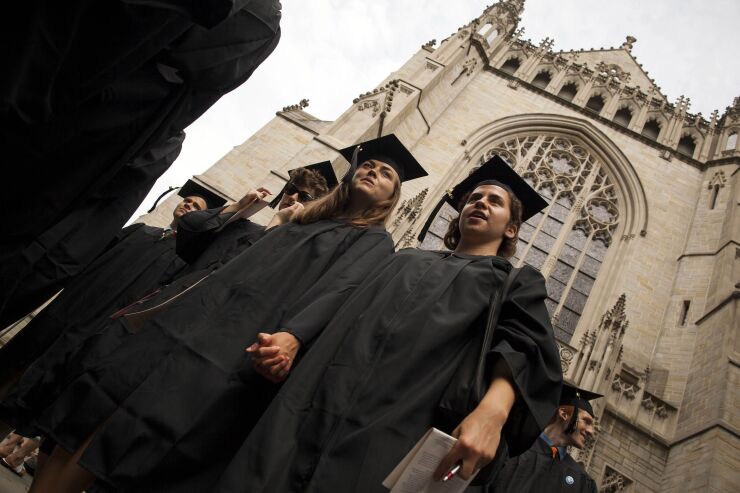Workers across the country are saddled with student loan debt. Today, 47 million Americans owe student loans totaling more than $1.7 trillion, a figure that is set to skyrocket over the next few years.
Every year, 70% of college graduates are entering the workforce with an average student loan balance of $40,000. As a result, the U.S. is expected to add over $1 trillion dollars in new student loan debt by 2028.
Read more:
Ballooning student debt and it’s often crushing impact on employees is pushing many employers to reevaluate their benefits offerings to meet the evolving needs and shifting demographics of today’s workforce. Fortunately, it’s easier than ever for companies to repay their workers student loans.
At Goodly we work with companies to help them offer tax-free student loan repayment as an
Employer provided student loan repayment is now tax-free — what changed?
In December, Congress gave employers a big reason to help pay down student debt with passage of the Consolidated Appropriations Act of 2021. The legislation allows employers to make tax-free contributions of up to $5,250 a year to their employees’ student debt, without the payments being included in the employees’ taxable income.
This tax-exemption is the number one reason employers are adding student loan repayment benefits in 2021. Originally included as part of the CARES Act, the tax-exemption was set to expire at the end of 2020. Congress granted a five year extension through the end of 2025 and it’s widely expected to be made permanent.
How much do employers contribute toward their employees' student loans?
We’ve seen a wide range of employer contributions for student loan repayment. On one end of the spectrum employers provide contributions of $25 or $50 per month toward their employees student loans. Other Goodly clients prefer to maximize the annual tax-free limit of $5,250 by making payments of $437.50 per month.
Across all of our clients we consistently see two trends that are most common when it comes to
With a few exceptions, these trends generally hold true across industries and geographic location regardless of the size of the employer or number of employees participating in the student loan paydown benefit.
How many employees will participate and how do I fund student loan repayment?
Participation and enrollment can be driven by a number of factors, including industry and educational attainment requirements. Across Goodly’s client base we typically see 20% to 30% of an employee population participating in the benefit. That figure is expected to increase to 40% of all employees now that student loan repayment is a tax-free
When it comes to funding, most employers simply redirect existing benefits budgets. The overwhelming majority of employers already offer a tuition assistance benefit that allows employees to go back to school. These programs often see participation rates of less than 10% of eligible workers in a given year. Thanks to the new tax-exemption, employers can simply redirect this budget to student loan repayment, at no additional cost.
What type of employers offer student loan repayment benefits?
Every company has employees with student debt. There is no company that is too big or too small to offer student loan repayment benefits. Employers offering the benefit range from Fortune 500 companies to small family owned businesses. We work with employers across the country spanning every industry imaginable. We work with employers in fields like medicine, law and finance that often require advanced degrees that carry high levels of student debt. But we also work with employers in retail and food service, transportation companies, manufacturers, nonprofits, government entities, and fast growing startups and technology companies as well as Ben & Jerry’s franchises.
What’s the return on investment?
Goodly clients have reported student loan paydown benefits allow them to hire faster and retain longer. Many employers credit student loan benefits for contributing to the diversification of their workforce and helping to build a diverse talent pipeline. Reduced financial stress has been shown to improve employee productivity and engagement as well as to lower levels of absenteeism.






